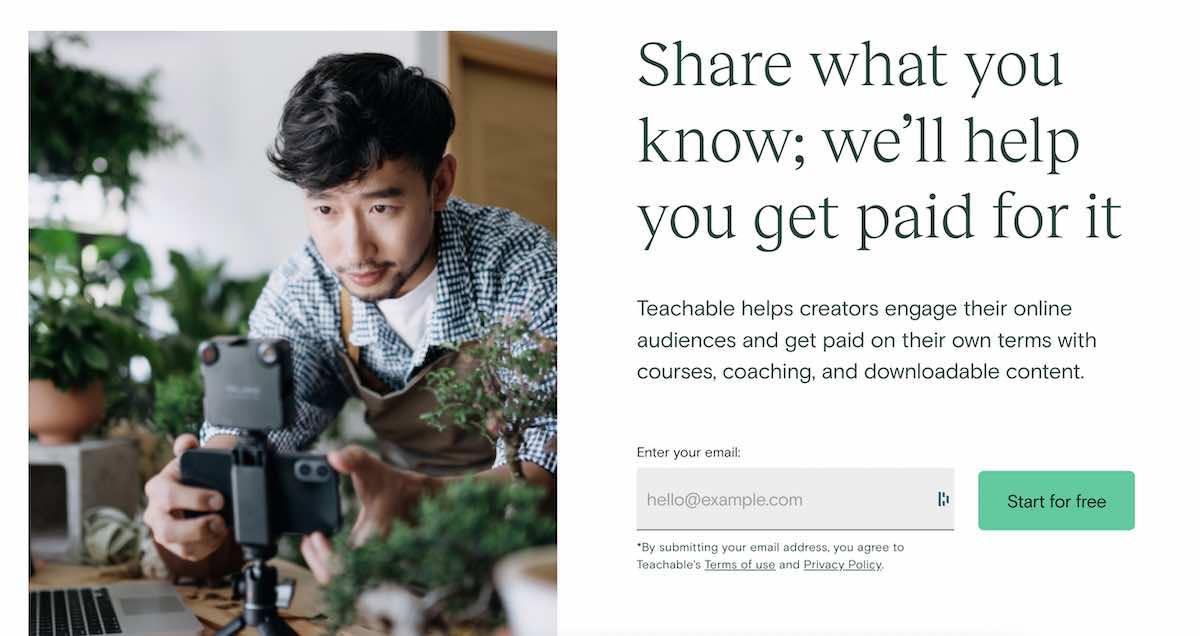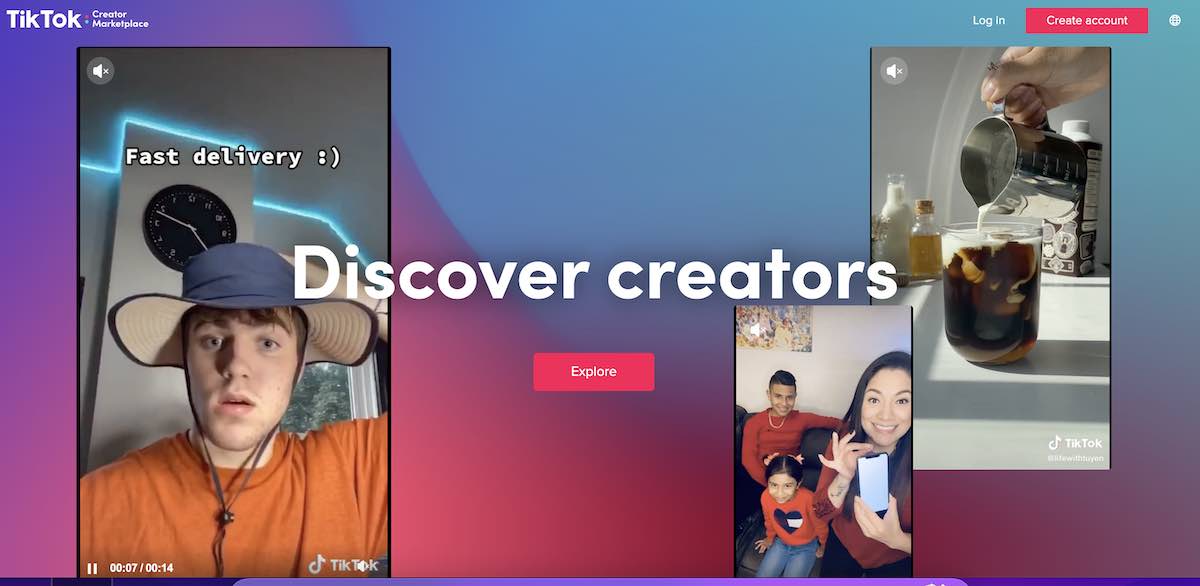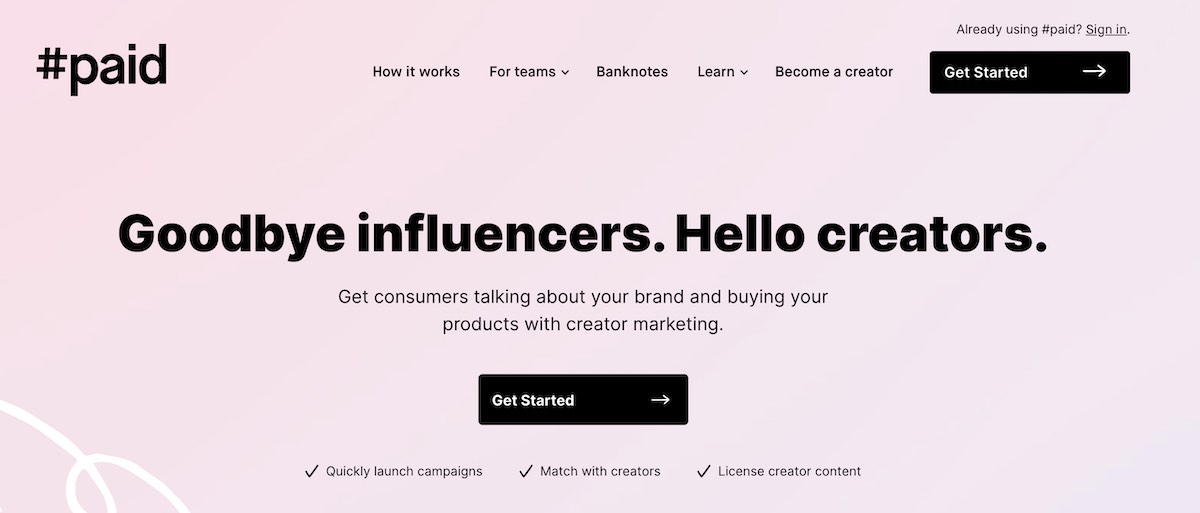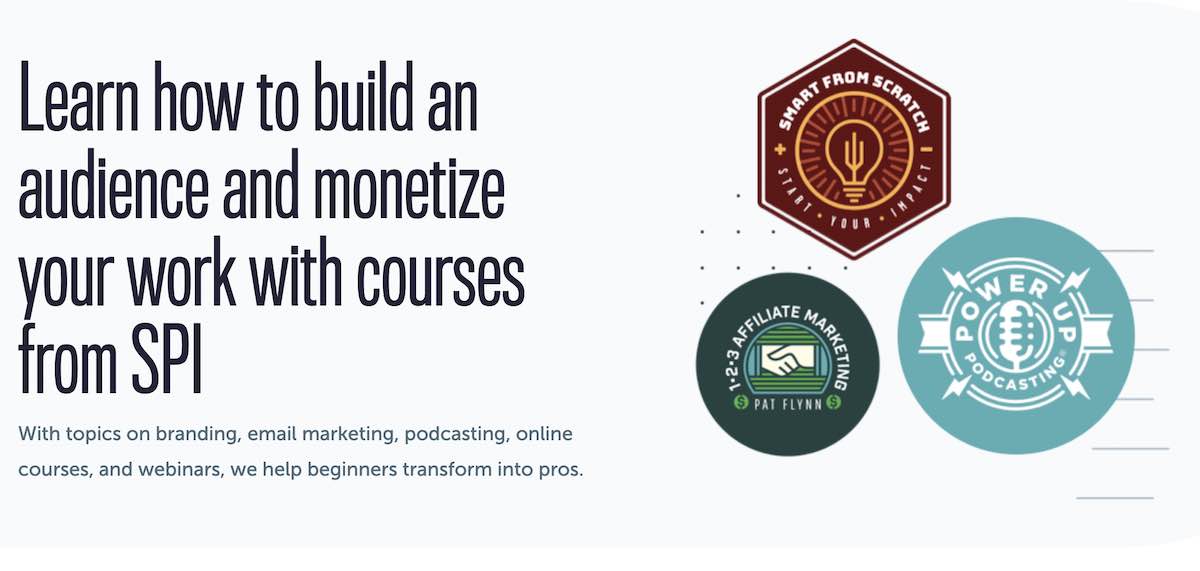The exciting world of video monetization is expanding. It’s not just about YouTube anymore—creators are making their marks (and money) on various platforms. Why is this so exciting?
In this article, we’ll show you the best ways to monetize videos and generate revenue. We’ll also explore how much money you can make, and video monetization platforms beyond YouTube.
What is video monetization?
Video monetization is the process of generating revenue from your video content. This typically involves leveraging different monetization models, allowing your audience—your users—to pay in exchange for video access.
Video is a potential income stream—you can earn money every time someone watches. How much you make depends on your monetization model.
Video monetization models
Understanding the different models can help you choose the best one for your content, audience, and financial goals. Let’s explore three popular video monetization models: ad-based video-on-demand (AVOD), transactional video-on-demand (TVOD), and subscription video-on-demand (SVOD).
Ad-based video-on-demand (AVOD)
In the AVOD model, viewers access your content for free, and you earn income through advertisements that play within your video content.
- Example: YouTube
The key to AVOD success is to have a large, engaged audience base, as more viewers translate to higher ad revenue.
Transactional video-on-demand (TVOD)
TVOD is like a digital rental or purchase system. Users pay a one-time fee to access a piece of content for a limited period or indefinitely. It’s an excellent model for creators who offer high-value, unique content that viewers are willing to pay for directly.
- Example: Vimeo
Subscription video-on-demand (SVOD)
With SVOD, users pay a subscription—a recurring fee for unlimited access to a library of content. It works well for creators who regularly produce fresh, engaging content.
- Example: Netflix and Hulu
How much do creators earn from video?
As we explore video monetization, you might be wondering, “Just how much can I make from my video content?” Let’s crunch some numbers and look at the creator economy’s current state.
The demand for video content is soaring. Statistics show that:
- People are twice as likely to share videos over other content
- There are over 207 million content creators worldwide
- About 78% of influencers (full-time and casual) earn $23,500 or more annually.
- The average course creator rakes in $58,509 per year.
YouTube may take the crown as the most popular video platform. But it’s not the only player in the game. Platforms like Twitch, Instagram, and TikTok also pay creators a percentage of ad revenue when they have high views and engagement. Plus, creators are taking more control over their earnings by selling their own products—including the video courses you see on Teachable—and keeping the majority of their profit.
Here’s a chart comparing average earnings on some popular video monetization platforms. Remember, these figures can change depending on various factors, so consider this a starting point.
Top video monetization platforms
The platform you choose to monetize your video will impact how much money you make. A platform with a large audience base could mean more exposure but could tough competition or lower payouts. For example, most YouTube creators monetize through ad revenue but YouTube takes a large percentage of earnings.
On the other hand, a niche platform might provide a smaller but more targeted and engaged audience.
The goal is not just to make money, but to sustainably grow your online business in a way that works best for you. Now let’s dive into the top platforms, their pros and cons, and how creators can make money from each.
YouTube
The main source of income through YouTube is ads. To be eligible, you’ll need to join the YouTube Partner Program. You’ll need a minimum of 1,000 subscribers and 4,000 public watch hours in the last 12 months. For every $100 an advertiser pays, Google pays $55 to the creator.
Ad revenue is not the only way to make money from your YouTube videos though. Many creators look for YouTube sponsorships with brands once they have at least 10,000 subscribers. Brand sponsorships may take a little more work to secure, but they are also more lucrative. Depending on your channel, you could make anywhere from $1,000 to $5,000 per video starting out.
If you’re thinking about starting a YouTube channel, consider these pros and cons:
Take the example of the highest-earning YouTube star, MrBeast, who earned $54 million in 2021. His consistent quality content has attracted millions, demonstrating the potential of YouTube when creators focus on sharing their unique perspectives and engaging actively with their audience.
Teachable
With Teachable, creators can monetize video primarily through online courses. As a creator, you can create additional revenue streams by offering coaching and digital products—all within Teachable’s platform.

One of the perks of using Teachable is that you keep more of the profit than you would through ad revenue on other platforms. For example, if you sell a course for $150 each, you’d keep most of the revenue (minus any payment processing and transaction fees).
Finding success on Teachable hinges on offering in-depth, high-quality video courses that provide value to your target audience. Also, marketing consistently and fostering a community around your courses can significantly increase your earning potential.
Examples of creators that have sold courses through Teachable include:
- Melyssa Griffin (Creator Academy)
- Pat Flynn (Smart Passive Income)
- Aliza Kelly (Astrology)

Twitch
Twitch monetizes live-streamed content through ads, subscriptions, and donations. It’s gained popularity in gaming because it offers something that other streaming platforms don’t—live game broadcasts.

Ninja, a famous Twitch streamer, exemplifies the platform’s potential when creators consistently provide captivating content and interact authentically with their viewers, which is vital for success on the platform.
TikTok
The TikTok Creator Fund encourages creators to consistently create content. Regular contributors can make some income, but it’s not as much as what you’d make working directly with brands.
Live streaming is another option to make money on TikTok. With it, your audience can buy coins, which they then gift during your live videos. Much like Twitch, you can convert these gifts into real money. If your follower count exceeds 1,000, you can start live streaming.
The TikTok Creator Marketplace is the platform’s official hub where brands can connect with creators. You can collaborate on advertising content and get paid for your efforts here. However, to join, there are a few prerequisites to keep in mind.

Cameo
Cameo started out with celebrities selling personalized video messages to fans. Celebrities maintain complete control over which requests they accept and make sure every video aligns with their personal brand. Now influencers are hopping on board too.

The platform compensates well for 30-second videos. But to see significant earnings, creators need to produce a large volume of these brief videos. Cameo also presents an opportunity to generate income through its pay-per-message chat feature. For a $19.99 fee, fans can send a short message to their chosen influencer, who, in turn, responds
The actor Brian Baumgartner, known as Kevin from “The Office,” netted over $1,000,000 on Cameo in 2020.

For creators on Cameo, building a recognizable personal brand is essential as you’ll be selling personalized video shout-outs to fans. The more renowned or popular you are, the higher you can set your price.
Patreon
Patreon is like your very own online clubhouse. It’s a place where you can host your content behind a virtual ‘entry fee.’ Your biggest fans pay a subscription fee to get exclusive access.
Keep in mind, the more enticing your exclusive content and perks, the more fans will want to become your patrons.
Patreon is all about offering exclusive content to your subscribers. Success on this platform relies on actively building a strong, loyal fan base and consistently delivering high-quality, unique content that can’t be found elsewhere.
Creator marketing platforms
Creator marketing platforms like #paid act as digital matchmakers between creators and brands looking for promotion.

Video content creators can monetize by creating sponsored content, product review videos, or other user-generated content.
Here are a few noteworthy creator marketing platforms to monetize your video:
How do creators make money with video?
With many options for video monetization at your disposal, it’s essential to understand how they work and how to navigate them effectively. Let’s explore the most popular ways that creators make money with their video content.
Advertising revenue
Advertising is a popular choice for creators to make money from their videos. Video ads can take various forms—pre-roll, mid-roll, and post-roll ads, overlay ads, or sponsored cards. The key to increasing ad revenue lies in creating content that keeps your viewers engaged and watching. Remember, the longer they watch, the more ads they will likely see.
While earnings can vary greatly, a creator with a moderately successful channel can make a few hundred to a few thousand dollars monthly from ad revenue alone. A shining example is the popular YouTuber Linus Sebastian of Linus Tech Tips, whose tech videos have amassed billions of views, translating to substantial ad revenue.
Brand sponsorships
Deals can range from product placements and shout-outs to full video sponsorship. Creating content that aligns with your potential sponsors’ brands is essential to land the right sponsorships. For tips on finding brand deals, check out our YouTube sponsorships guide.
Sponsorship earnings are highly variable, depending on your audience size, engagement rate, and the sponsor’s budget.
Video courses
If you’re an expert in a specific field, creating online video courses could be profitable. You curate your knowledge into a comprehensive course, set your price, and earn revenue every time a user pays for your course.
Creating video courses allows you to harness your expertise, connect with your audience, and establish a steady income stream. Teachable is a top platform for this approach, hosting a variety of successful creators.

Pat Flynn, the creator of “Smart Passive Income,” usesTeachable to sell his courses on entrepreneurship.
Get paid with Teachable
With the right tools and mindset, you can create videos and build a sustainable source of income. The path to effective video monetization lies in aligning your passion, knowledge, and audience needs in a way that creates value for all.
Creators use Teachable’s platform to create and sell online video courses and other digital products. See how Teachable can help you monetize your knowledge by testing out a free plan.
Video monetization FAQs
What type of video content can you monetize?
If video content meets the platform’s rules and regulations, you can monetize almost any high-quality, engaging content. Some examples include:
- Online courses
- Product reviews
- Vlogs
- Unboxing videos
- Gaming streams
- Fitness tutorials
- Cooking demonstrations
- Tech tutorials
- Comedy skits
- Travel vlogs
- Educational explainers
How many videos do I need to monetize?
There’s no definitive answer, as it can vary based on the platform. For example, you need at least 1,000 subscribers and 4,000 public watch hours in the last 12 months on YouTube. However, on platforms like Teachable, you can earn from your first video course.
How can I monetize my videos?
Video monetization takes many forms: advertising revenue, brand sponsorships, subscriptions, and online video courses. The right mix will depend on your content, audience, and personal brand. A fitness trainer might succeed in selling online courses. A gaming enthusiast might prefer using Twitch to earn through brand sponsorships and ad revenue.
Which video platform pays the most to creators?
The payout greatly varies from platform to platform and largely depends on the creator’s content, audience size, and engagement rate. Some creators make a significant income on YouTube due to its massive audience, while others succeed on Teachable, selling online courses. It’s about finding the platform that fits your content style and monetization strategy best.
Join more than 150,000 creators who use Teachable to make a real impact and earn a real income.


